BONSAI EXHIBIT
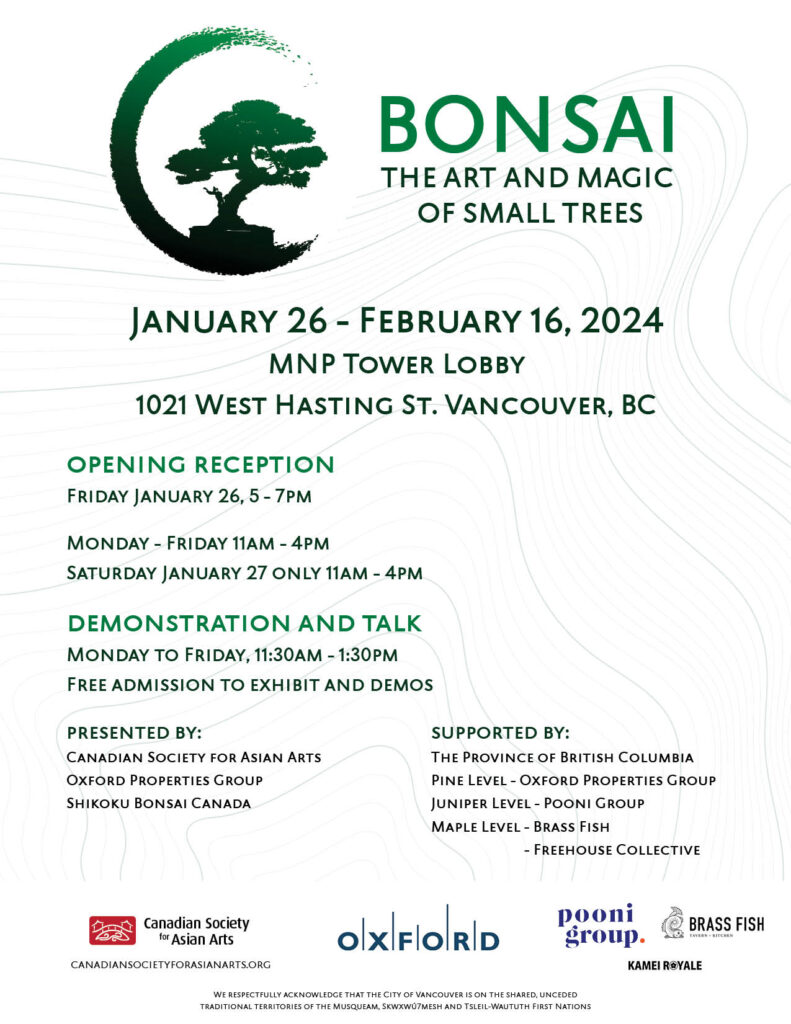
CSAA is pleased to present a new exhibit in cooperation
with the Tse Family, the UBC Asian Library and UBC Asian Centre
1871 West Mall, Vancouver Campus,
Musqueam Traditional Territory
Free closing program, Saturday, June 10th, 2-4pm
David Gooderham and Greta Ho present
an informal talk on calligraphy and Yim Tse
accompanied by a calligraphy demonstration.
Participants are invited to create their own calligraphy.
Exhibit Saturday, May 13, 2023 to Saturday, June 10, 2023
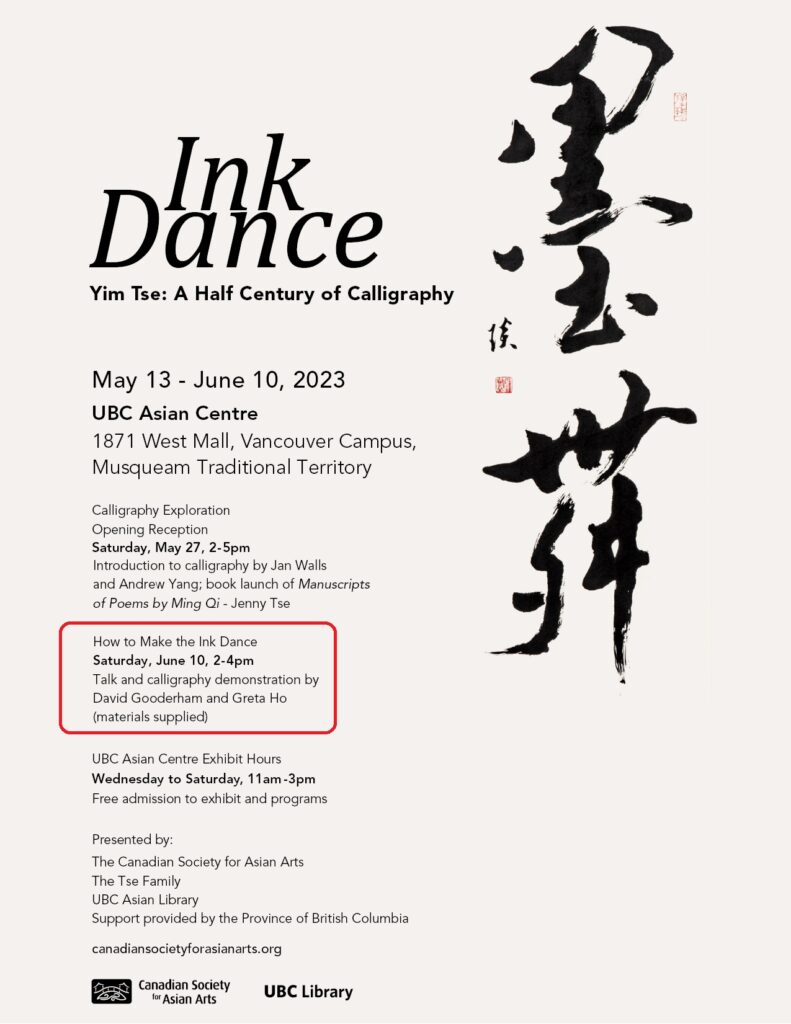
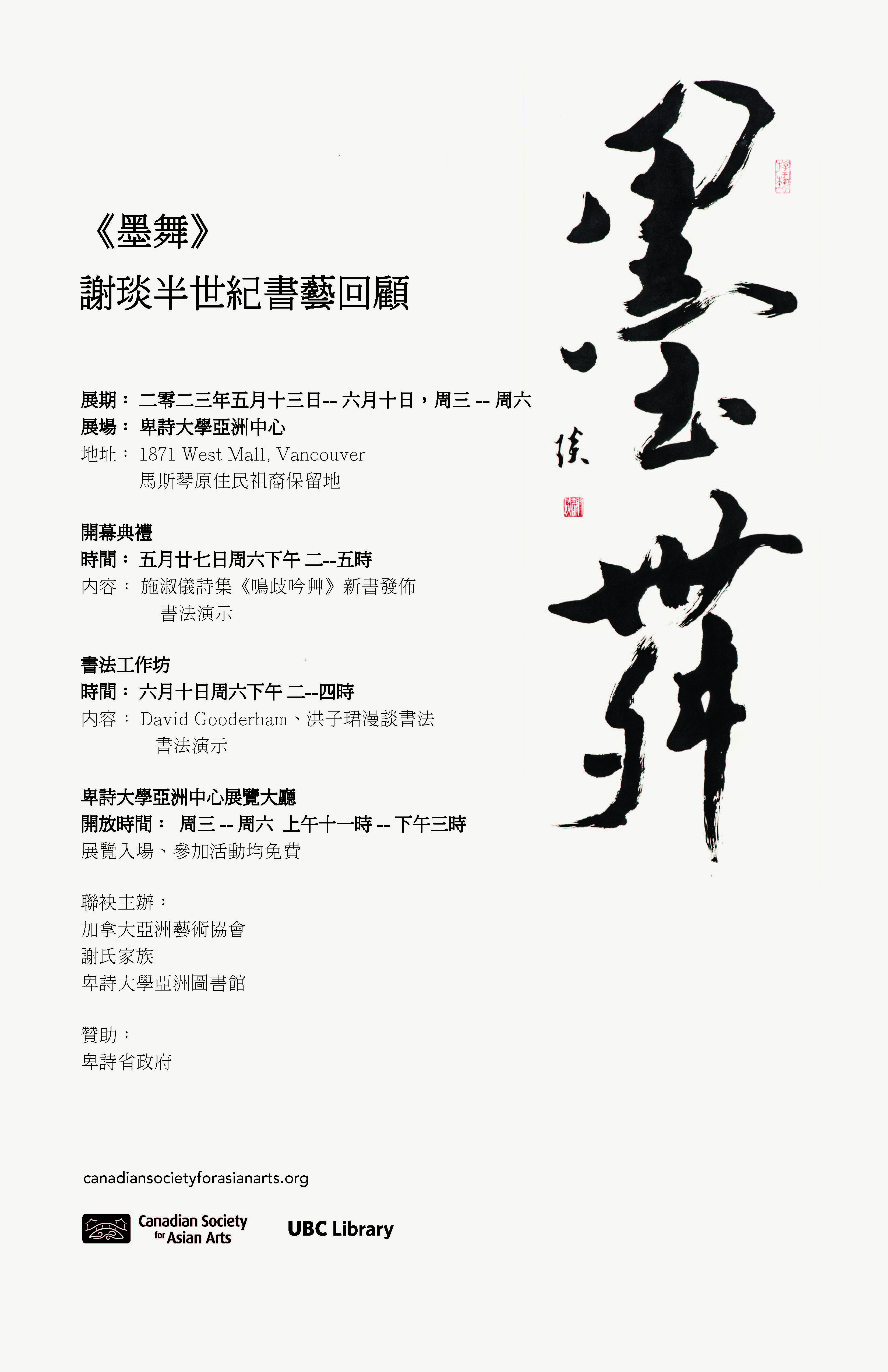
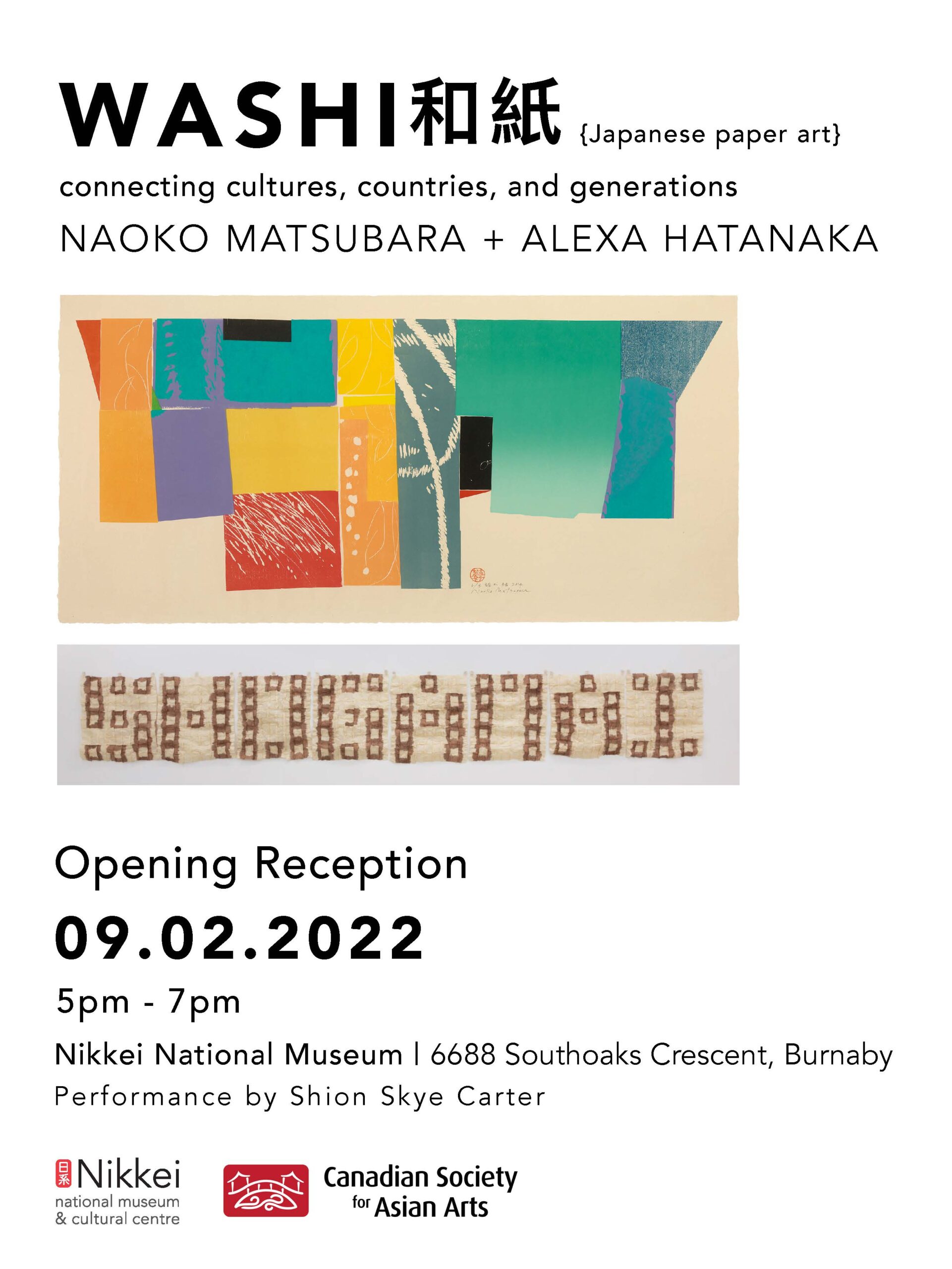

Washi is Japanese handmade paper, steeped in tradition that dates back more than a thousand years and the foundation for a myriad of Japanese cultural arts. In artwork, washi traditionally is used in the making of mokuhanga or woodblock prints where there is an integral relationship between the paper and the artist’s expression.
Taking washi and mokuhanga as a starting point, this exhibit showcases the work of Canadian artists Naoko Matsubara and Alexa Hatanaka. Although from different generations, the trajectories of both artists include being of Japanese ancestry, working with the Inuit artist community in the North, and exploring the merging of cross-cultural techniques of Western and Eastern influences in their artmaking. Driven by curiosity, spontaneity, and supportive relations that mold their creative journey, the diversity of each artist’s oeuvre is fascinating to explore.
This exhibit includes a heritage corner drawn from Nikkei National Museum’s archives.
We are grateful to launch this exhibit in cooperation with the Canadian Society for Asian Arts and with the support of the BC Arts Council and the Deux Mille Foundation.

CSAA is pleased to announce the opening of a new exhibit,
co-presented with the Vancouver Maritime Museum
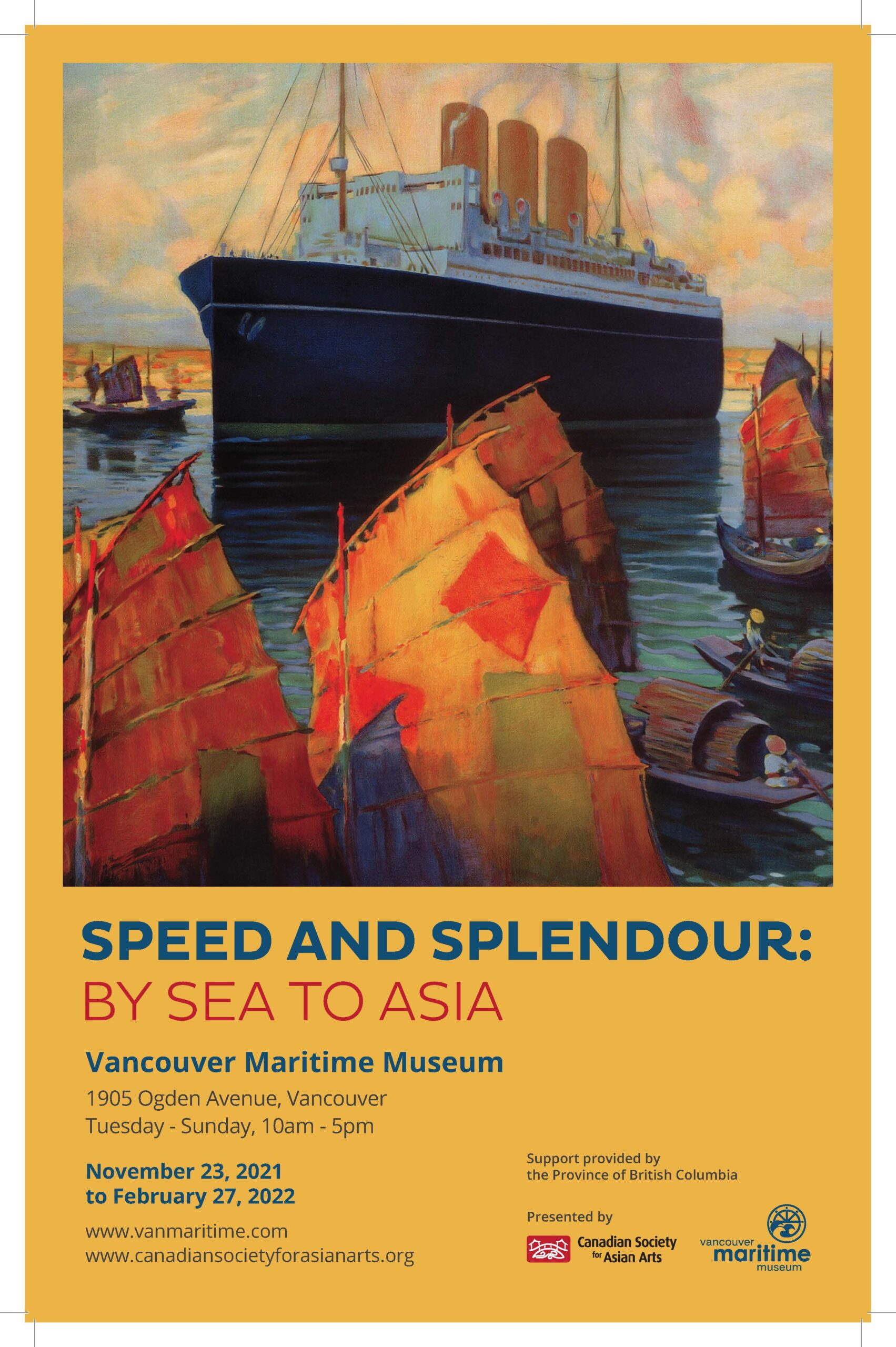
Visitors over the age of 12 must provide proof of vaccination.
Masks are mandatory.
Speed and Splendour explores how travel posters in the early 20th century affected western perceptions of Asia.
Steamship travel from Vancouver to major ports in Asia increased in the early 20th century. This coincided with changes in ship design and propulsion technology. Ships like the Empress liners of the Canadian Pacific Railway (CPR) became grander. They also offered more onboard amenities than vessels of the late 19th century.
As ships became more luxurious, the marketing of voyages and destinations changed. Posters promoting travel to Asia became common after WWI and the depression years.
Speed and Splendour features posters and ephemera from CPR steamships and from Japanese steamship company Nippon Yusen Kabushiki Kaisha (NYK). The posters show how each company presented Asian destinations and culture to western audiences.
The CPR materials use dramatic painted scenes. They often present grand steamships alongside imagined scenes of Asian people or ports. Stereotypes of Asian culture and dress are rendered in impressionistic techniques. These images create a sense of “exotic otherness.”
The materials created by NYK present more authentic depictions of artwork and culture. They include details like Japanese characters on English menus.
Speed and Splendour is curated in collaboration with the Canadian Society for Asian Art (CSAA). The exhibition features posters from the VMM collection, the UBC Chung collection and the CSAA collection.
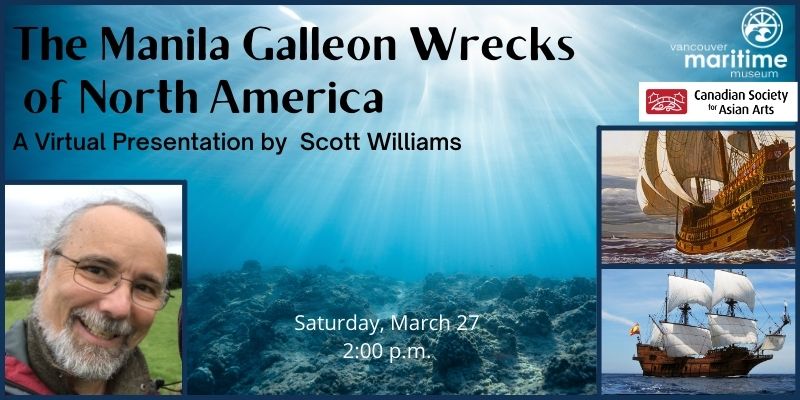
A virtual talk presented by the Canadian Society for Asian Arts and the Vancouver Maritime Museum
Get ready to travel back in time and discover the Manila Galleon Wrecks of North America. Your guide at this virtual event on March 27, 2021 at 2:00 p.m. will be archaeologist Scott Williams.
Large galleons built in the Spanish colony of Manila travelled between Spain and Acapulco, Mexico for 250 years from 1565 to 1815. The galleons were the largest ships of their time and carried luxury goods such as silk, Chinese porcelain and spices from Asia to Spanish colonists in the New World.
Three of those galleons were wrecked in North America:
These wrecks have been studied by archaeologists over the past two decades and Scott Williams will share the results of those investigations. Each of these wrecks is the oldest shipwrecks in its area, and the wreck in California is the oldest shipwreck on the west coast.
Scott Williams is a professional archaeologist with over thirty-five years of experience conducting archaeological research throughout the Pacific Northwest, the islands of the Pacific and Australia. Williams is currently the cultural resources program manager for the Washington State Department of Transportation, where he oversees the agency’s archaeology and history program. He is also on the board of the Maritime Archaeological Society and serves as the principal Investigator for the Beeswax Wreck Project, a non-profit project investigating the Manila galleon Santo Cristo de Burgos which was wrecked on the north Oregon coast in 1693. He has just completed an edited volume on the three galleon wrecks in North America.
Registration for this presentation is free for Canadian Society of Asian Arts participants.
Here are some photos from the David Bull woodblock printing demonstration March 9th, 2016.
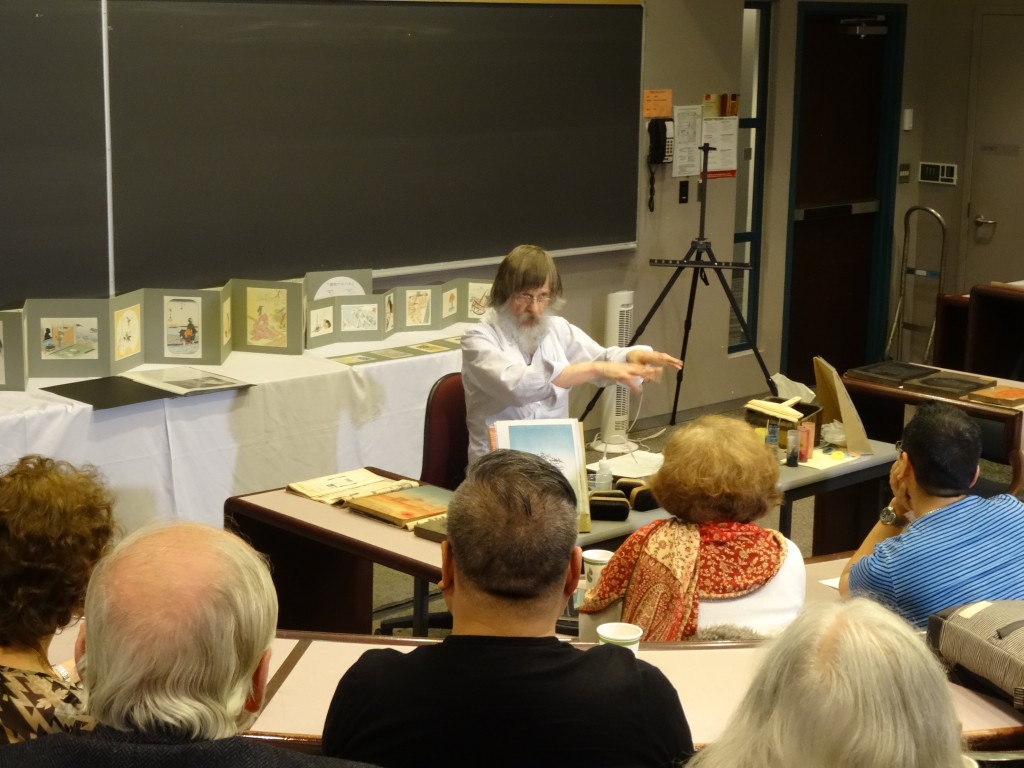
David Bull woodblock demonstration
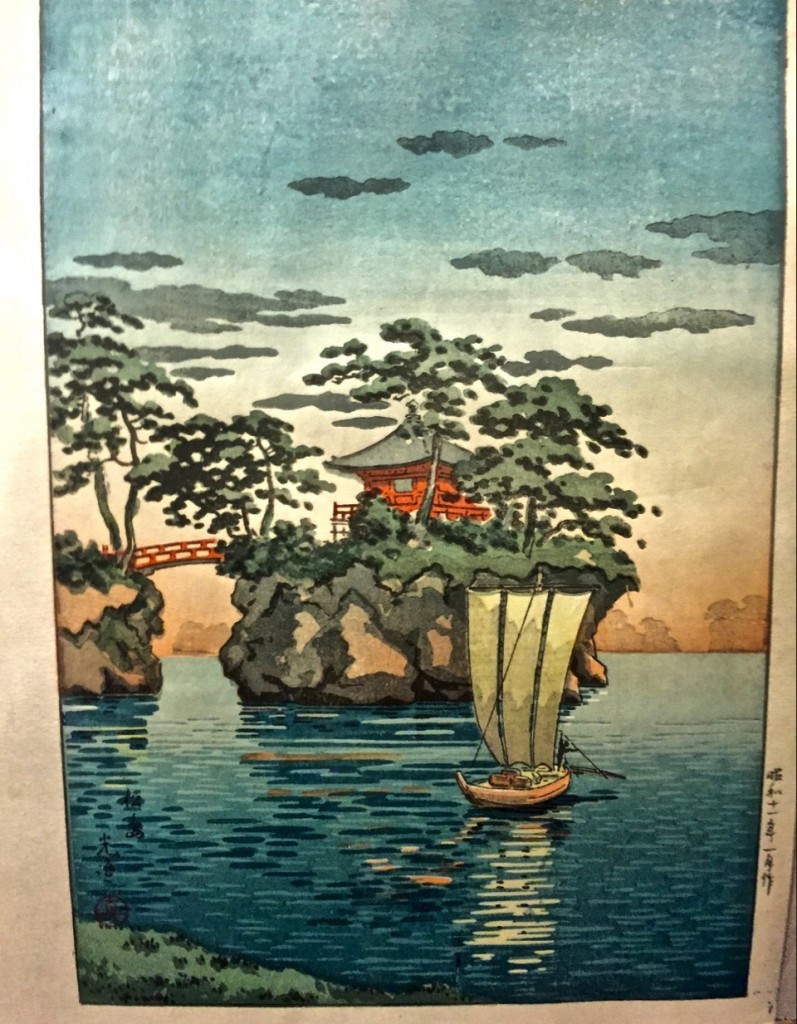
Finished rubbing
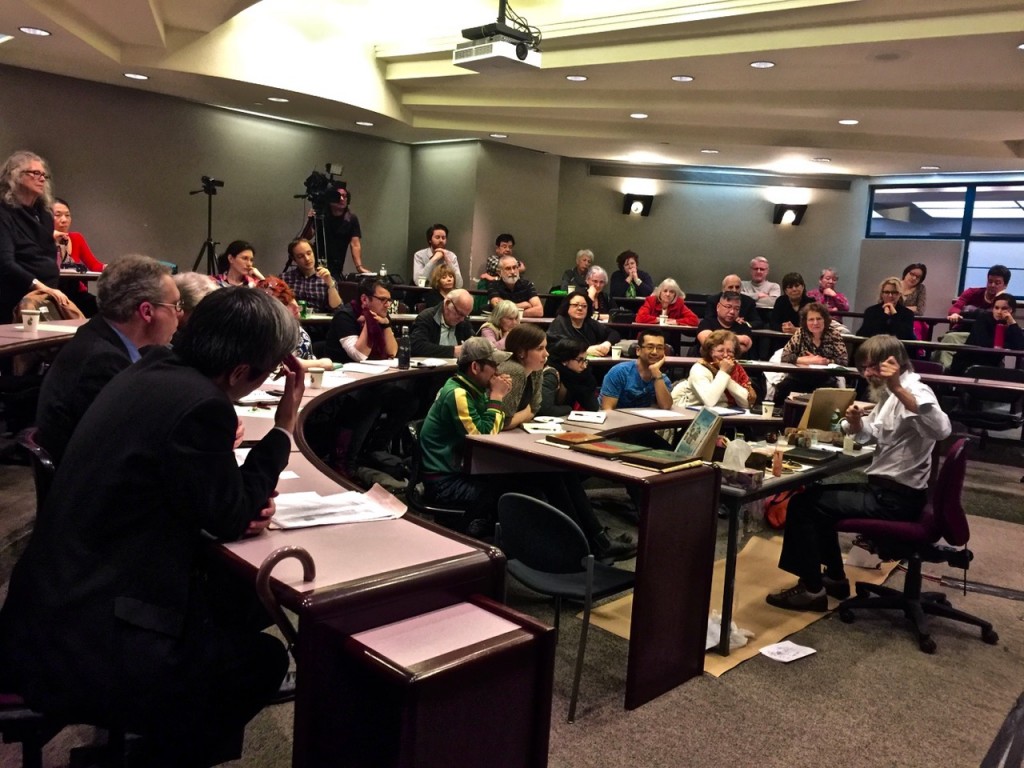
David Bull in animated discussion
260 – 5655 Cambie Street
Vancouver BC V5Z 3A4
csaa@telus.net
Charitable Registration #0371849-22-27
